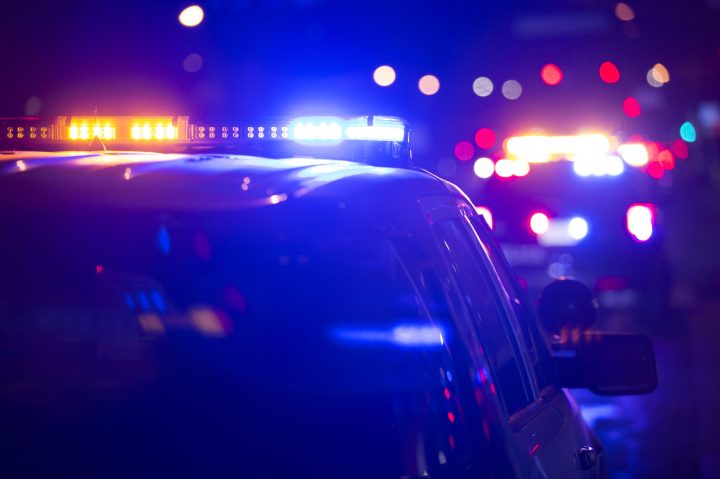
The cost of false reports of school shootings go way beyond the financial
The cost of false reports of school shootings go way beyond the financial

Back in 2012, a student was severely injured at a shooting at Perry Hall High School, northeast of Baltimore. The student recovered, and returned to school months later. But afterwards, there was an increase in the number of false reports of violence at the school and the surrounding area. Meanwhile, George Roberts, who was principal at the time, says everyone’s senses were on high alert after the shooting.
“We knew what it felt like, what it looked like, what it smelled like,” said Roberts.
Safety researchers say the number of false reports often increases following a real shooting, and it’s happening now: since Aug. 1, there have been 99 false reports of school shootings, according to the nonprofit Educator’s School Safety Network. If that sounds like a lot, it is: about 40% more than took place in the entire 2018 -19 school year. Making a false report is also known as swatting, because of the emergency response it draws, which sometimes includes a SWAT team. It comes with all sorts of costs, emotional as well as financial.
One factor is all the human resources involved.
“If you took kind of the hourly pay of staff, whether it be me as a principal, the assistant principals, police officers and all the people, and kind of added that up . . . it could be probably anywhere from hundreds to thousands of dollars a day,” said Roberts, who’s now a consulting administrator for Baltimore County Public Schools, and part of the Principal Recovery Network, a group of school leaders who’ve dealt with violence in their buildings.
Whenever there’s a police response, there’s also a disruption to the community, said Mo Canady, who leads the National Association of School Resource Officers, and is a former police officer.
“Anytime you’re responding in an accelerated manner, like you would to an active shooter . . . that’s still going to increase the danger level for citizens, for the responders, for everyone that’s on the roadway,” said Canady.
Canady also said there can be a big emotional toll on a school’s student body and staff.
“Even if they think it’s real for 60 seconds, there’s still a lot of trauma in that,” said Canady. “Just think about the impact on the mental health of everyone in that school building or on that campus.”
This is a generation of students that’s already dealing with the interruption of lockdown drills. On his campus, which is PS 20, an elementary school in Brooklyn, fifth grader Leo Heilman said part of what’s terrifying about a drill is the feeling that it may be real.
“So I’m really nervous if someone is going to come in our door, in our class, and rob us of something,” said Leo Heilman.
His twin brother, Mac, said the fear that comes with that heightened sense of security around drills sticks with him.
“For the next week, whenever I go to bed, I would think about it,” said Mac Heilman.
There are intangible costs for the adults involved, too.
“I can remember times where we would receive multiple false threats. And each one of those, we can’t ignore,” said George Roberts, who works with Baltimore County schools. “Because you never know, that anxiety level increases, and impacts certainly your stress level, obviously, your cortisone level, because you really want to make sure your kids are safe and your staff are safe.”
False reports can also lead schools to spend more on security measures.
“When there’s a swatting incident, parents are upset. Parents want you to do something,” said Amanda Klinger with the Educator’s School Safety Network. “When there’s a tragedy, people are upset, they want you to do something. So, it’s very hard to get out in front of that.”
There’s also the opportunity cost of what everyone involved would have otherwise been doing, whether it’s teaching, working in the community, or learning.
“When there’s this one type of risk that takes up so much space, in our mind, in our cultural consciousness, no wonder schools have to spend a lot of time and energy and effort addressing it,” said Klinger. “But that comes at a cost, which is, there’s only so many hours in the day.”
There’s a lot happening in the world. Through it all, Marketplace is here for you.
You rely on Marketplace to break down the world’s events and tell you how it affects you in a fact-based, approachable way. We rely on your financial support to keep making that possible.
Your donation today powers the independent journalism that you rely on. For just $5/month, you can help sustain Marketplace so we can keep reporting on the things that matter to you.

















